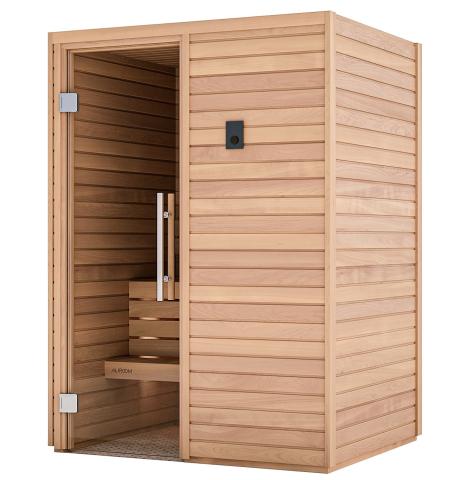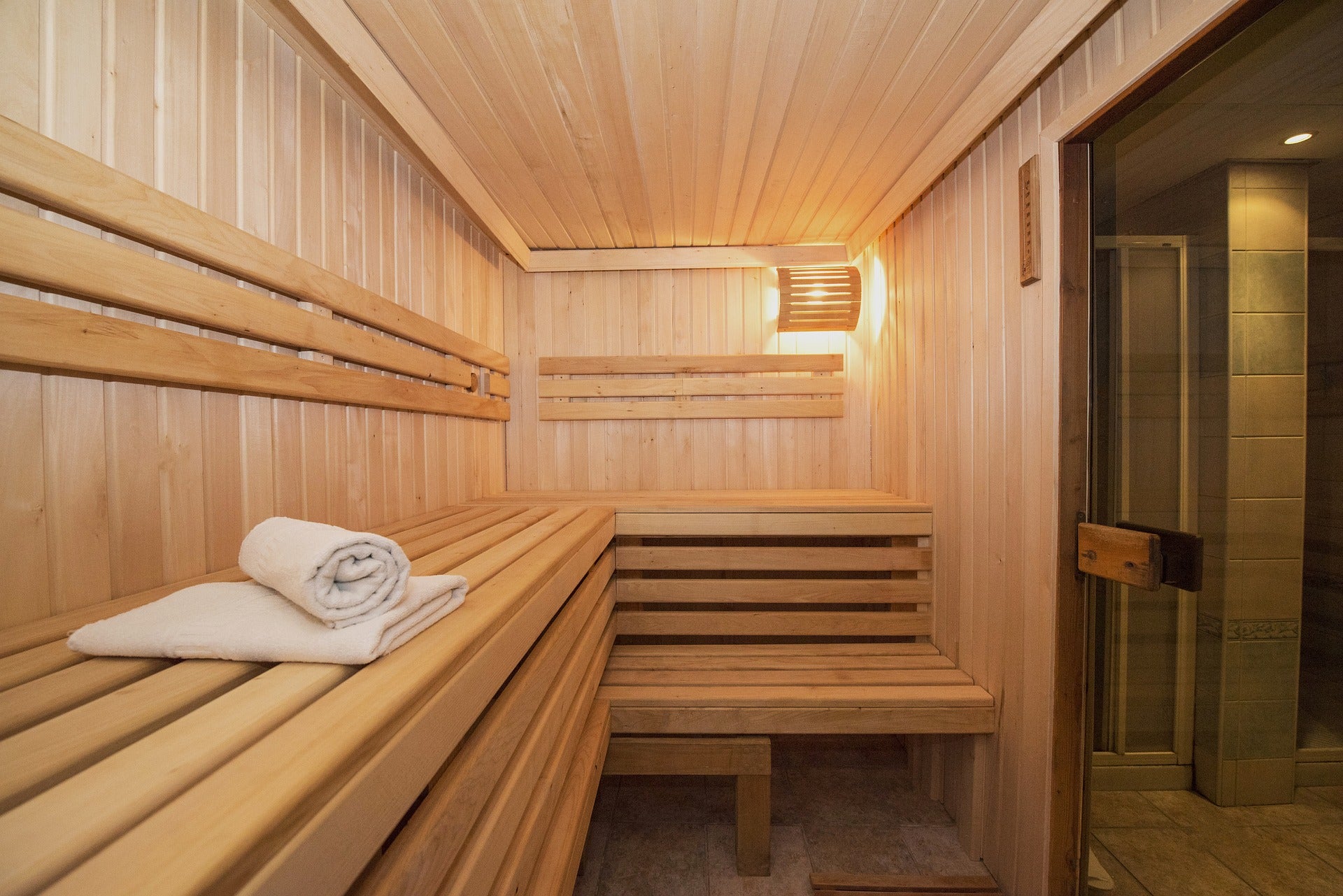Traditional Sauna Can Be Fun For Everyone
Traditional Sauna Can Be Fun For Everyone
Blog Article
Traditional Sauna Can Be Fun For Anyone
Table of ContentsAll about Traditional SaunaExamine This Report about Traditional SaunaThings about Traditional SaunaIndicators on Traditional Sauna You Need To KnowA Biased View of Traditional Sauna
The majority of the weight shed in a sauna is water loss and is re-gained upon rehydrating. However, undeniably sauna can be a vital part of a healthy and balanced weight-loss program. To consider the distinctions between conventional and IR saunas, I will divide these into proven, academic, and fabricated differences.Therefore, the most popular factor in the saunawhich is at the ceiling directly over the sauna heateris usually between 185 and 190 F. Claims that a standard sauna exceeds 200 F is just not true and not relevant for electrical saunas offered in the US. The temperature for a far-infrared sauna is usually set in between 120 and 140 F; nevertheless, unlike the standard sauna, the objective in and IR area is not to achieve a high temperature level.
Due to this, the temperature level distinction is virtually unnecessary, given that excessive sweating results in both sauna kinds, but the technique of heating the body is different. In an IR sauna the bather will feel hot and will sweat a lot, but at much reduced temperatures (Traditional Sauna). Hence, if the goal is to spend longer durations of time in the sauna, the IR sauna is an excellent choice
When a conventional sauna has been properly heated up, the sauna walls are warm, the air temperature level has attained established temperature and the rocks are super heated. As an interesting side note, the warmed walls and the rocks are producing far-infrared warmth, combined with the warmed air, to create an "enveloping warm".
Traditional Sauna for Dummies

When the heat is attained, the components cycle on and off to keep the heat. Most conventional sauna users delight in pouring water over the rocks to create vapor to raise sauna humidity degrees. The advantages of putting water over the rocks include: making the space much more comfortable, dampening the nasal flows, and enabling the usage of aromatherapy by blending vital oils with the water.

When the power enters the body, it creates the body temperature level to boost and ultimately leads to sweat. In an infrared sauna it is essential for the emitters/heaters to remain on virtually regularly. Because there is no mass of rocks to retain warm, the sauna will certainly cool if the emitters shut down.
As discussed above, the sauna bather in an infrared space wishes to position himself before operating emitters to get optimal take advantage of the warm. The home heating time for the 2 rooms can be very various, depending on exactly how the areas are used. For a typical sauna, a bather should enable 30-40 mins for the room to accomplish a preferred temperature level and to correctly pre-heat the rocks.
Getting The Traditional Sauna To Work
A well created sauna will typically achieve a temperature of 150-160 F in regarding 30-40 mins. For hotter temperature levels, the area might require to heat for a longer period. When the area attains set temperature, the heating system will certainly cycle on and off, usually operating regarding 50% of the moment. The insulated wall surfaces and the heated rocks will maintain the area hot and at stable temperatures.

Typical saunas have a tendency to be bigger (for this reason use even more electrical power) than infrared saunas, although traditional saunas are definitely available in one and two individual dimensions. For a two-person traditional sauna, 5x6 or 5x7 size is most preferred. The top bench can pleasantly seat two or 3 individuals and is also long sufficient explanation to lie down during the sauna session.
Traditional Sauna - Questions
The ordinary expense per kWH of power in the U.S. is about $0.11, so a 4.5 kW heater will set you back around $.50 to compete one hour, if the heating system runs continuously for one hour. Commonly a sauna heater will certainly compete 75% of the very first hour and 50% of succeeding hours on given that the elements cycle once the established temperature level is attained.

Ultimately, there is a rarely talked about distinction in the social experience in between you can try here both rooms. While our culture has actually lost a few of the social advantage of the standard sauna experience, it can be very socially rewarding (Traditional Sauna). From family members time in the sauna, to heart-felt discussions with substantial others, to sauna partiesthe conventional sauna experience can lead to intimate mingling
4 Easy Facts About Traditional Sauna Explained
A lot of higher end infrared spaces include tinted light treatment, noise systems and full-glass fronts.
Report this page